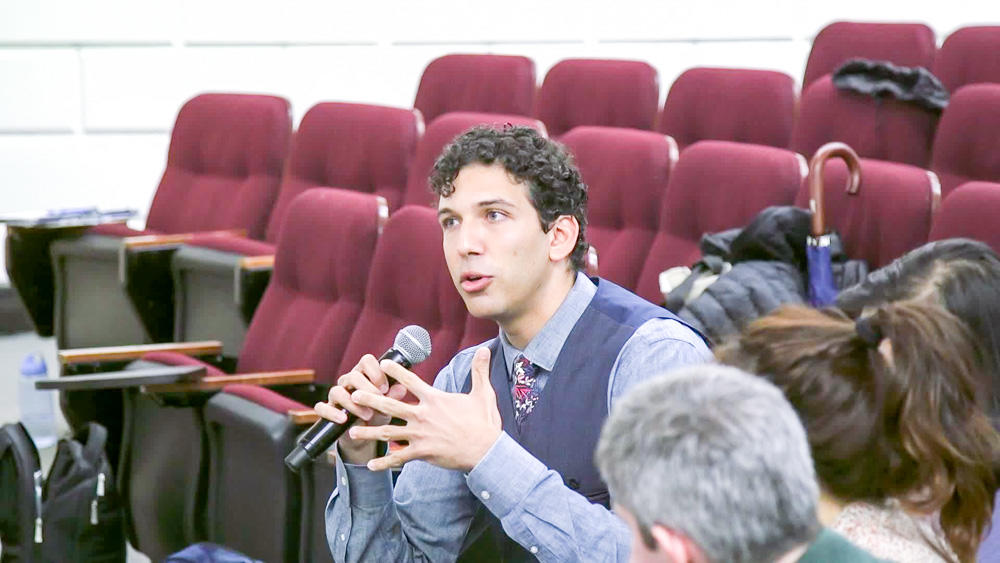In contrast to traditional lecture-based courses, using projects in the classroom pushes students to actively apply what they have learned. In AP50: Physics as a Foundation for Science and Engineering, instructors put aside textbooks and lectures, challenging students instead to construct a machine that meets a real world challenge. Once students are engaged, instructors then begin to make textbook connections, pointing out how fundamental class concepts can enhance the quality of students’ project. This is what Eric Mazur calls the “Trojan Horse” of learning.
Using Project-Based Learning to Engage Students
Instructor
Eric Mazur, Balkanski Professor of Physics and Applied Physics
Student Group
Undergraduate
School
School of Engineering and Applied Sciences
Course
AP50 Physics as a Foundation for Science and Engineering
Group Size
60 students
- Identify challenging projects that put class concepts into real-world applications. Projects should seem simple enough at the outset that students are engaged but challenging enough to achieve success so that students become motivated to learn more.
- Make sure that success in course projects is contingent on the depth of students’ understanding of class problems not on cognate skills like project management or design thinking. While the latter are generally important, projects should not be seen as something separate to the fundamental learning that is expected within the class.
- Allen and colleagues describe the use of complex problems, with relevance to real-world problems, to engage and motivate students in undergraduate science classrooms (1996).
- According to LaForce, Noble, and Blackwell, project-based learning has the potential to promote student interest in science careers, by fostering intrinsic student motivation (2017).
- IDEA describes how problem-based learning can be one way to engage students in knowledge construction in a hands-on fashion.
- The University of Delaware’s Institute for Transforming Higher Education shares sample syllabi, problems, and evaluation forms for problem-based learning.




